Products
-
 Sale
Sale
Active Aqua 3/8" Clear Tubing 25' Roll
Active Aqua$0.00Use our sturdy clear vinyl tubing, which is FDA-approved and BPA-free, for your irrigation systems and tanks, and to complete your own hydroponic s...
View full details$0.00Sale -
 Sale
Sale
Active Aqua 5/8" ID Black Tubing 100'
Active Aqua$27.32Use our sturdy black vinyl tubing, which is FDA-approved and BPA-free, for your irrigation systems and tanks, and to complete your own hydroponic s...
View full details$27.32Sale -
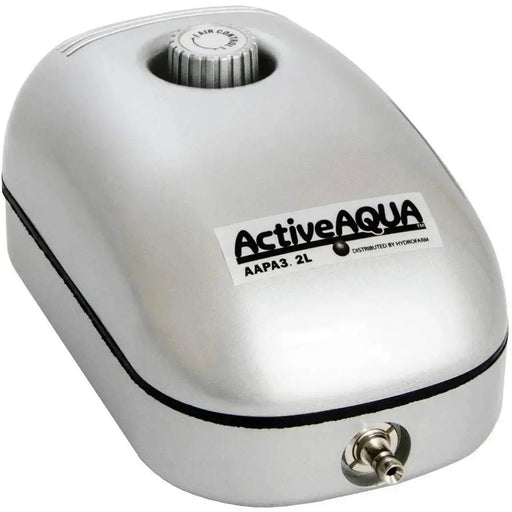 Sale
Sale
Active Aqua Air Pump, 1 Outlet, 2W, 3.2 L/min
Active Aqua$10.04This air pump with 1 outlet is super silent with multi-level muffler, low power consumption. Special artificial rubber to keep a steady air flow o...
View full details$10.04Sale -
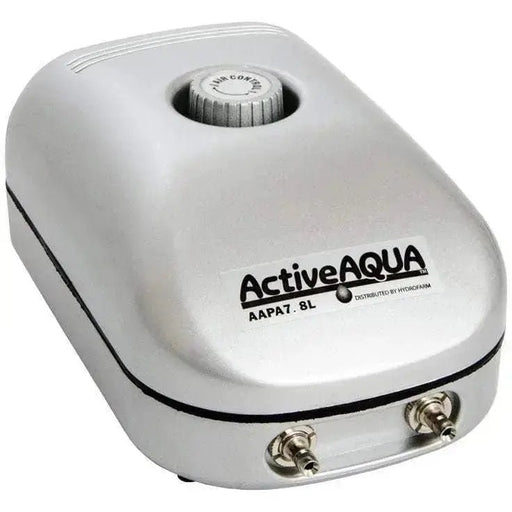 Sold out
Sold out
Active Aqua Air Pump, 2 Outlets, 3W, 7.8 L/min
Active Aqua$14.38This air pump with 2 outlets is super silent with multi-level muffler, low power consumption. Special artificial rubber to keep a steady air flow ...
View full details$14.38Sold out -
 Sold out
Sold out
Active Aqua Air Pump, 4 Outlets, 6W, 15 L/min
Active Aqua$30.17This air pump with 4 outlets is super silent with multi-level muffler and low power consumption. Special artificial rubber to keep a steady air fl...
View full details$30.17Sold out -
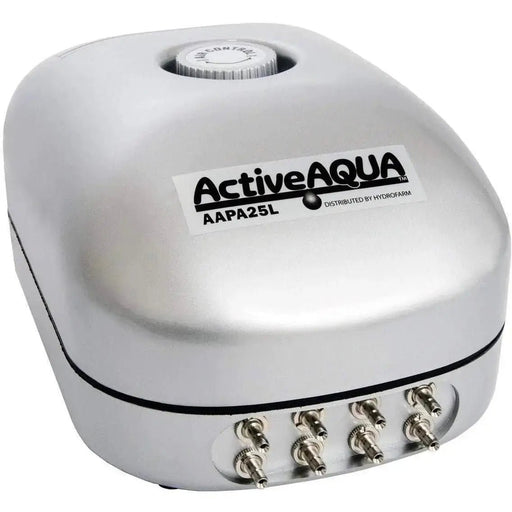 Sale
Sale
Active Aqua Air Pump, 8 Outlets, 12W, 25 L/min
Active Aqua$58.03This air pump has 8 outlets with multi-level muffler and low power consumption. Special artificial rubber to keep a steady air flow output and pre...
View full details$58.03Sale -
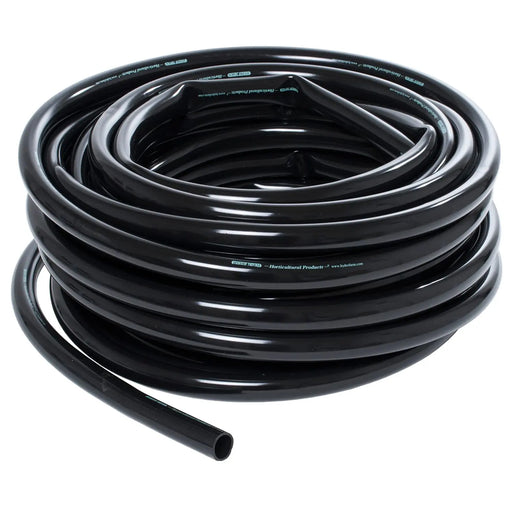 Sale
Sale
Active Aqua Black Tubing, 1/2 Inch (ID), 25 Feet
Active Aqua$16.95Active Aqua Black Tubing Use our sturdy black vinyl tubing, which is FDA-approved and BPA-free, for your irrigation systems and tanks, and to compl...
View full details$16.95Sale -
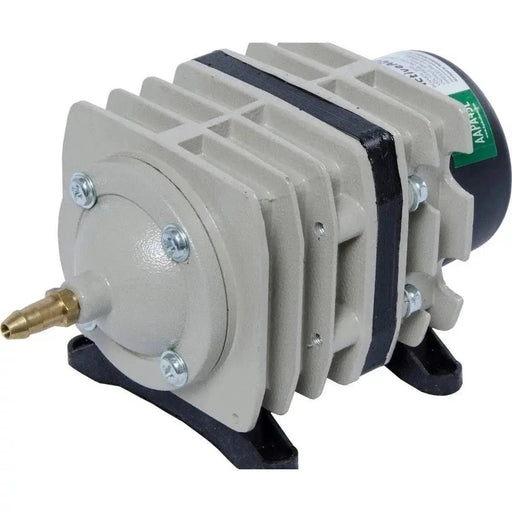 Sale
Sale
Active Aqua Commercial Air Pump 6 Outlets, 20W, 45 L/min
Active Aqua$45.59This commercial air pump with 6 outlets is perfect to run several Water farms or multiple air stones at once. Electrical magnetic air compressor i...
View full details$45.59Sale -
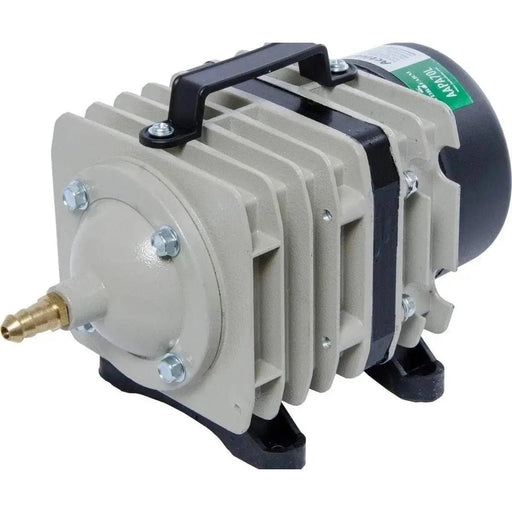 Sold out
Sold out
Active Aqua Commercial Air Pump 8 Outlets, 60W, 70 L/min
Active Aqua$70.72This commercial air pump with 8 outlets is perfect to run several Water farms or multiple air stones at once. Electrical magnetic air compressor i...
View full details$70.72Sold out -
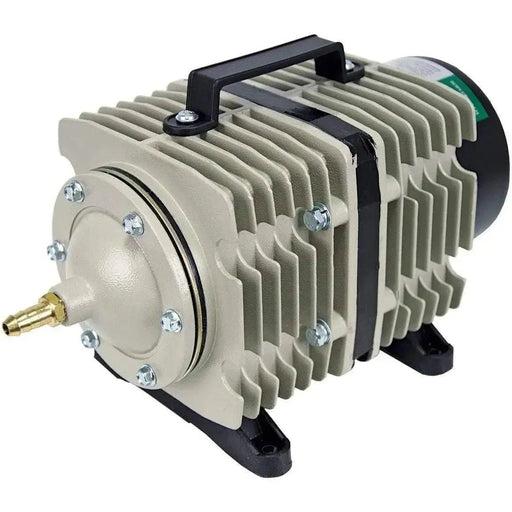 Sale
Sale
Active Aqua Commercial Air Pump, 12 Outlets, 112W, 110 L/min
Active Aqua$133.27This commercial air pump with 12 outlets is perfect to run several Water farms or multiple air stones at once. Electrical magnetic air compressor ...
View full details$133.27Sale -
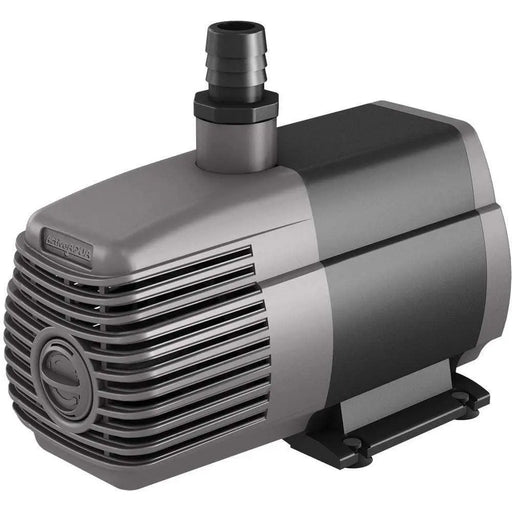 Sale
Sale
Active Aqua Submersible Water Pump 1000 GPH
Active Aqua$69.65Choose a pump that was built to go below the waterline! Active Aqua's entire collection of pumps complete any grow setup. You can't beat the subme...
View full details$69.65Sale -
 Sold out
Sold out
Active Aqua Submersible Water Pump 160 GPH
Active Aqua$13.76Choose a pump that was built to go below the waterline! Active Aqua's entire collection of pumps complete any grow setup. You can't beat the subme...
View full details$13.76Sold out -
 Sale
Sale
Active Aqua Submersible Water Pump 250 GPH
Active Aqua$21.65Choose a pump that was built to go below the waterline! Active Aqua's entire collection of pumps complete any grow setup. You can't beat the subme...
View full details$21.65Sale -
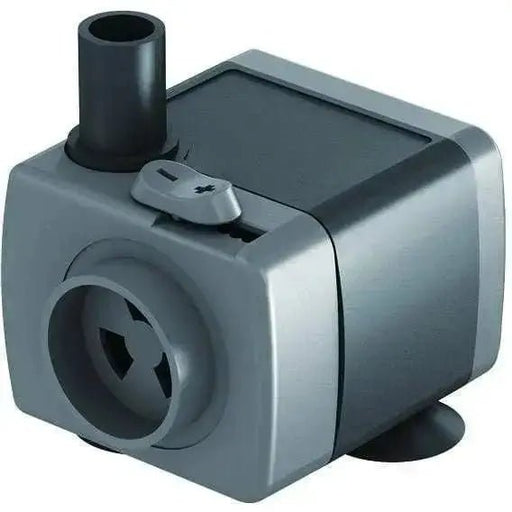 Sale
Sale
Active Aqua Submersible Water Pump 40 GPH
Active Aqua$7.74Submersible pumps designed specifically for hydroponic systems. Powerful mag drive construction Indoor use Oil free and environmentally safe BPA ...
View full details$7.74Sale -
 Sale
Sale
Active Aqua Submersible Water Pump 400 GPH
Active Aqua$26.49Choose a pump that was built to go below the waterline! Active Aqua's entire collection of pumps complete any grow setup. You can't beat the subme...
View full details$26.49Sale -
 Sale
Sale
Active Aqua Submersible Water Pump 550 GPH
Active Aqua$40.27Choose a pump that was built to go below the waterline! Active Aqua's entire collection of pumps complete any grow setup. You can't beat the subme...
View full details$40.27Sale -
 Sold out
Sold out
Active Aqua Submersible Water Pump 800 GPH
Active Aqua$55.92Choose a pump that was built to go below the waterline! Active Aqua's entire collection of pumps complete any grow setup. You can't beat the subme...
View full details$55.92Sold out -
 Sale
Sale
Advanced Nutrients B-52
Advanced Nutrientsfrom $14.96Gives plants a super boost of energy! Advanced Nutrients B-52 (2-1-4) provides the widest range of immediately available vitamins so plants grow st...
View full detailsfrom $14.96Sale -
 Sale
Sale
Advanced Nutrients Big Bud
Advanced Nutrientsfrom $7.24You’re likely to be among the 91.7% of growers who use bloom boosters every bloom cycle, so it’s natural for you to want to be sure that your boos...
View full detailsfrom $7.24Sale -
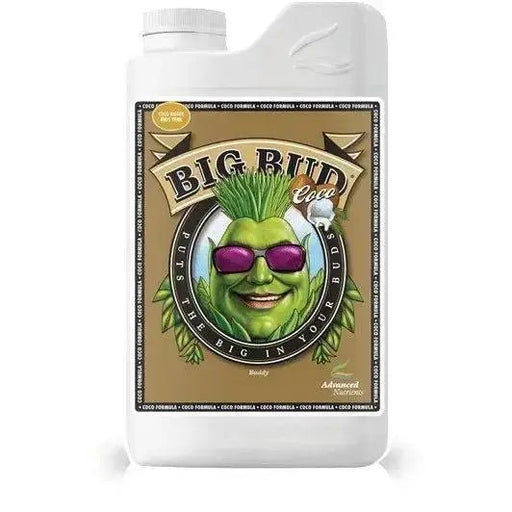 Sale
Sale
Advanced Nutrients Big Bud Coco
Advanced Nutrientsfrom $24.15Big Bud Coco is designed specifically for use with coco coir to live up to the special flowering demands of coco for growers like you. The addition...
View full detailsfrom $24.15Sale -
 Sale
Sale
Advanced Nutrients Bloom pH Perfect
Advanced Nutrientsfrom $5.45When you mix Advanced Nutrients Bloom with Grow and Micro, you get 3-part base nutrients that provide bud-building potassium and phosphorus combine...
View full detailsfrom $5.45Sale -
 Sale
Sale
Advanced Nutrients Bud Candy
Advanced Nutrientsfrom $5.21With Bud Candy you can savor the sweet smells and tastes you've always loved while bringing out the FULL GENETIC POTENTIAL of your plants. Imagine ...
View full detailsfrom $5.21Sale -
 Sale
Sale
Advanced Nutrients Bud Ignitor
Advanced Nutrientsfrom $15.65Using Bud Ignitor on your plants absolutely will maximize flowerings sites per stem when you provide specialized nutrition to your plants during ea...
View full detailsfrom $15.65Sale -
 Sale
Sale
Advanced Nutrients Carboload Liquid
Advanced Nutrientsfrom $13.81Our Carbo Load Liquid product is a great way to enhance your crop's production by stoking it's need for carbohydrates beginning in the early part o...
View full detailsfrom $13.81Sale
























